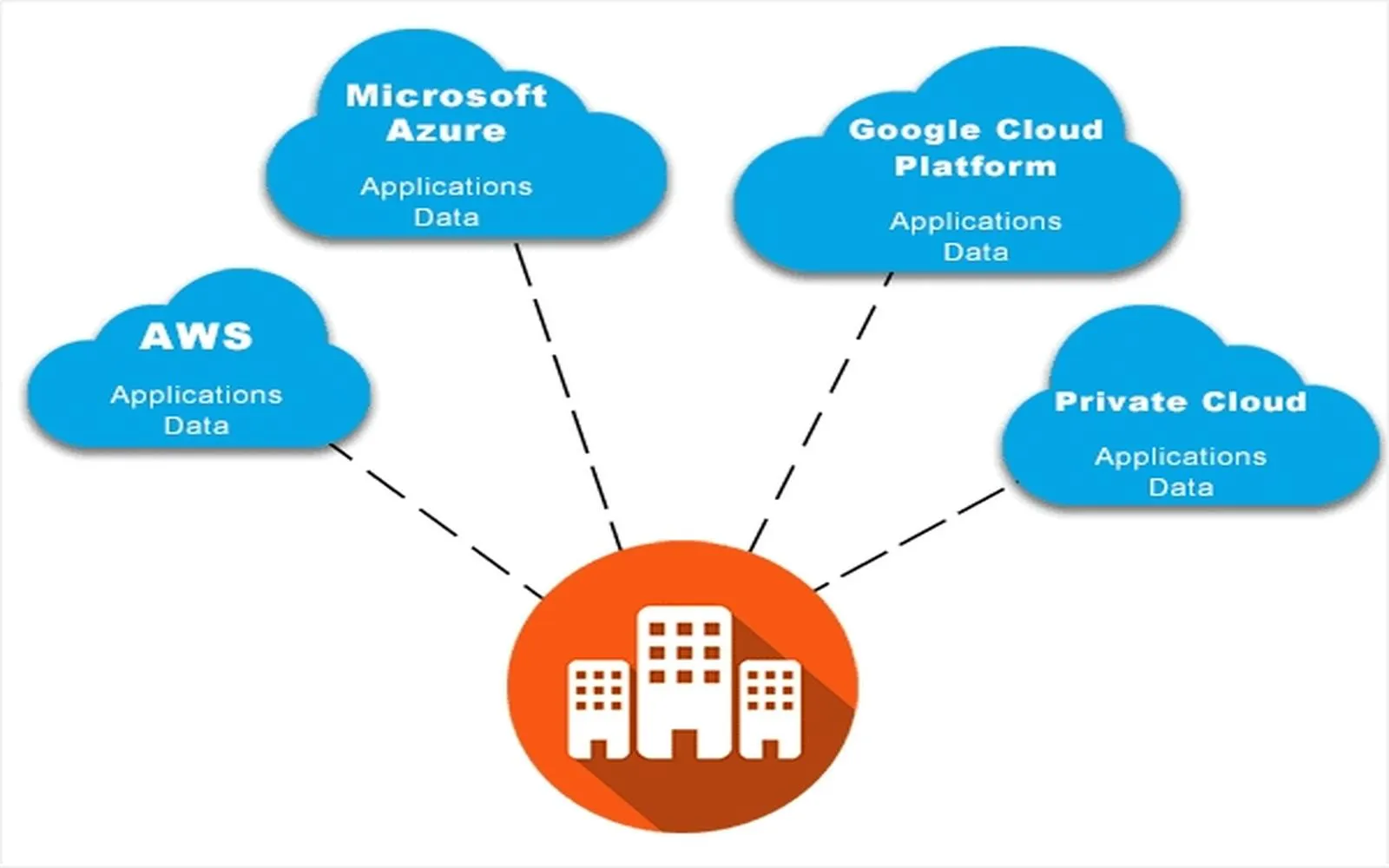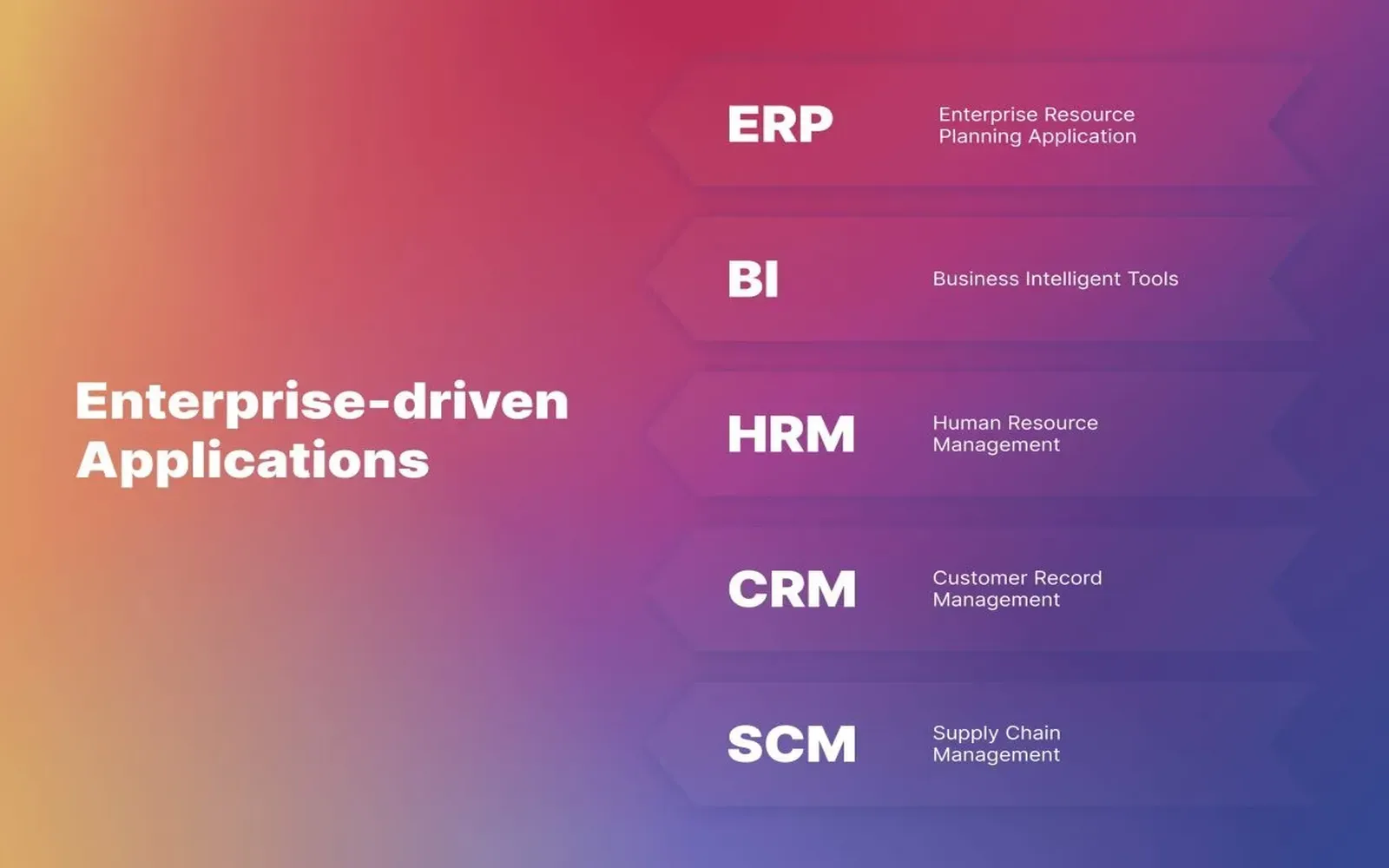In today's fast-paced business environment, cloud IT services have emerged as a game-changer for enterprises looking to enhance their operational efficiency, scalability, and innovation. By leveraging cloud technology, organizations can streamline their processes, reduce costs, and adapt to changing market demands. However, transitioning to the cloud comes with its own set of challenges. In this article, we will explore the key advantages of cloud technology, the obstacles enterprises may face, and proven strategies to ensure a successful cloud adoption.
Key Advantages of Cloud Technology
Cloud technology offers numerous advantages that can significantly elevate an enterprise's capabilities. Here are some of the most notable benefits:
- Cost Efficiency: By utilizing cloud IT services, businesses can eliminate the need for extensive on-premises infrastructure. This reduces capital expenditures and allows for a pay-as-you-go model, making it easier to manage operational costs.
- Scalability: Cloud solutions enable enterprises to scale their resources up or down based on demand. This flexibility ensures that businesses can respond to market changes without the risk of overcommitting resources.
- Enhanced Collaboration: Cloud technology fosters collaboration among teams by allowing access to shared resources and tools from anywhere, at any time. This improves productivity and accelerates project timelines.
- Data Security: Many cloud service providers offer advanced security features that protect sensitive data. This includes encryption, regular backups, and compliance with industry standards, which can help mitigate risks associated with data breaches.
- Innovation and Agility: Adopting cloud IT services allows organizations to leverage cutting-edge technologies such as artificial intelligence (AI) and machine learning (ML). This accelerates innovation and enables businesses to remain competitive in a rapidly evolving landscape.
Obstacles to Cloud Adoption
While the advantages of cloud technology are compelling, enterprises must also navigate several obstacles during the transition process. Understanding these challenges can help organizations prepare and implement effective strategies:
- Data Security Concerns: Many businesses worry about the security of their data when transitioning to the cloud. Concerns about unauthorized access and data breaches can hinder adoption.
- Compliance Issues: Different industries have specific regulatory requirements regarding data storage and protection. Ensuring compliance while utilizing cloud IT services can be a complex and daunting task.
- Cultural Resistance: Employees may be resistant to change, especially if they are accustomed to traditional IT systems. This cultural barrier can slow down the adoption process.
- Integration Challenges: Integrating existing legacy systems with new cloud solutions can be complicated and may require significant time and resources.
- Vendor Lock-In: Organizations may fear becoming too dependent on a single cloud provider, which can limit flexibility and increase costs in the long run.
Proven Strategies for Successful Cloud Adoption
To successfully navigate the transition to cloud technology, enterprises can implement several proven strategies:
1. Conduct a Thorough Assessment
Before migrating to the cloud, conduct a comprehensive assessment of your current IT infrastructure. Identify the applications and workloads that are suitable for cloud migration and determine the potential risks and benefits associated with the transition.
2. Choose the Right Cloud Model
Different cloud models—public, private, and hybrid—offer various benefits. Selecting the right model based on your organization’s needs, security requirements, and budget is crucial for a successful transition.
3. Develop a Clear Migration Plan
Having a well-defined migration plan is essential. Outline the steps for moving data and applications to the cloud, and establish timelines and milestones to track progress. This plan should also include backup procedures to ensure data integrity during the transition.
4. Train and Educate Employees
Investing in employee training can help alleviate cultural resistance to change. Provide resources and support to ensure that your team is comfortable and proficient with the new cloud technology.
5. Monitor and Optimize Performance
Once the transition is complete, continuously monitor the performance of your cloud solutions. Use analytics and metrics to evaluate the effectiveness of the cloud environment and make necessary adjustments to optimize performance.
Conclusion
In conclusion, embracing cloud IT services can significantly elevate your enterprise's operations, providing cost efficiency, scalability, and enhanced collaboration. However, it is essential to be aware of the potential obstacles and to develop proven strategies for successful cloud adoption. By conducting thorough assessments, choosing the right cloud model, and investing in employee training, organizations can navigate the complexities of cloud technology and ultimately drive innovation and growth.
As the business landscape continues to evolve, those who effectively leverage cloud technology will be better positioned to thrive in a competitive marketplace.
For more information on how to implement cloud solutions tailored to your business needs, consider consulting with a cloud technology expert today.









